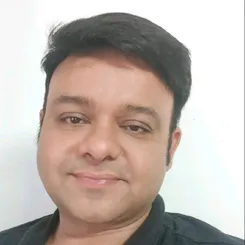The purpose of sales performance reporting is multifaceted, aiming to provide organizations with valuable insights into the effectiveness of their sales efforts. Here are the key reasons:
1. Performance Evaluation
In-depth assessment and evaluation of the overall performance of sales teams and individual representatives, aiming to provide a comprehensive understanding of their strengths, weaknesses, and areas for improvement. This involves a detailed analysis of key performance indicators (KPIs) and metrics, enabling a nuanced perspective on the effectiveness of various sales strategies and tactics.
2. Goal Tracking
Rigorous monitoring of progress toward sales goals and targets to facilitate strategic adjustments. This involves not only tracking quantitative benchmarks but also delving into qualitative aspects of goal attainment. By closely examining the factors influencing goal achievement, organizations can refine their approach and ensure alignment with broader business objectives.
3. Decision-Making Support:
Offering robust, data-driven insights to support informed decision-making across different organizational levels. Sales performance reporting goes beyond presenting raw data; it involves synthesizing information into actionable intelligence. This empowers decision-makers with the knowledge to navigate challenges, capitalize on opportunities, and make strategic choices that positively impact overall sales effectiveness.
4. Resource Allocation
Assisting organizations in the effective allocation of resources by providing detailed insights derived from sales performance data. This includes optimizing budget allocations, workforce distribution, and technology investments. The goal is to ensure that resources are strategically deployed to areas that yield the highest return on investment, enhancing overall sales efficiency.
5. Motivation and Accountability
Cultivating a dynamic and motivated sales culture by transparently recognizing and rewarding performance achievements. Sales performance reporting highlights successes, acknowledges top performers, and fosters healthy competition. Simultaneously, it establishes a framework for accountability, where individuals and teams are encouraged to take ownership of their performance and actively contribute to organizational success.
6. Continuous Improvement
Identifying opportunities for continuous improvement by thoroughly analyzing sales performance data. It involves recognizing areas for refinement and encouraging a culture of ongoing learning and adaptation. Sales teams can leverage performance insights to iterate on strategies, experiment with new approaches, and adapt to evolving market dynamics, ensuring a proactive and resilient approach to achieving sales objectives.


























